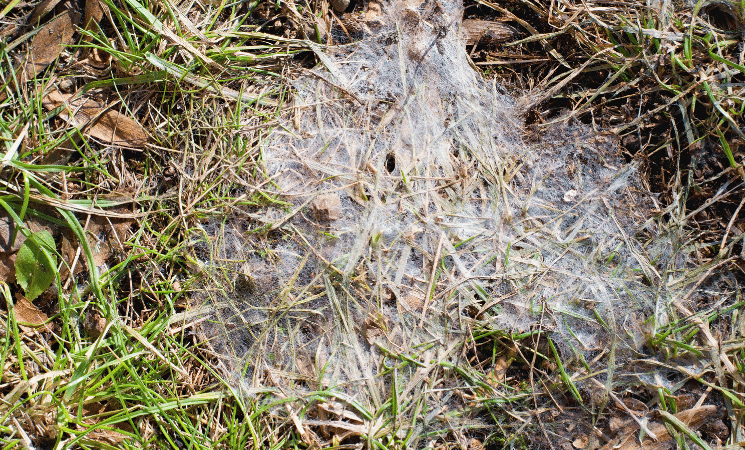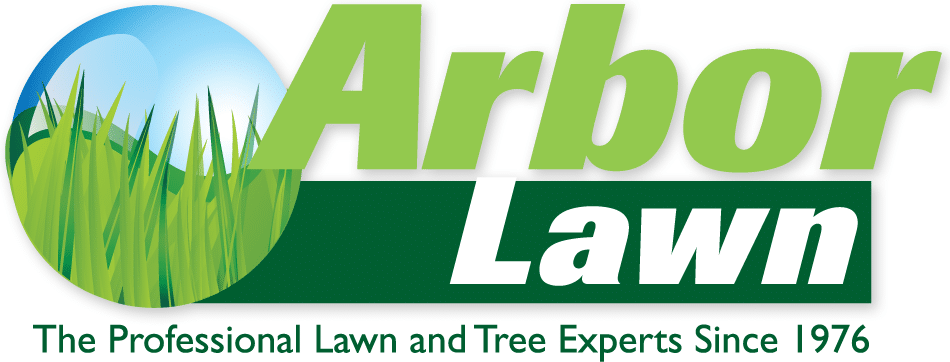Some people love a fresh coating of snow on the ground. However, others worry about the snow and the damage it can cause to their lawns. Once all the snow melts and the warm weather returns, snow mold can rear its ugly head. If ArborLawn didn’t treat your lawn before the winter, your lawn could emerge with round, greyish patches of mold. Here are answers to the questions people ask most frequently.

1. What causes snow mold?
It’s not uncommon to get heavy snowfalls here in Michigan. With that being the case, snow mold is a real problem for homeowners and businesses. Once a thick layer of snow starts to melt, you’ll be able to see the damage it’s done to your lawn. Snow mold is most common when the first heavy snowfall of the season comes down before the ground has had time to freeze. All of that weight, moisture, and dead or dying debris can lead to the perfect conditions for snow mold.
2. What are the types of snow mold?
There are two species of snow mold. The common one seen most often is gray snow mold, called Typhula blight. However, some lawns spring up with pink snow mold, which is also known as the Microdochium patch or Fusarium patch. Regardless of the type of snow mold you have, it’s only noticeable once the snow melts and will start to eat circular patches into your lawn.
3. How is snow mold treated?
The key to preventing snow mold is to have your lawn well-maintained and fertilized before winter. You should also rake loose leaves and debris before the first heavy snow, so the mold doesn’t have anything to feed on. Preventative measures are your best bet in the fight against mold, especially if you’ve had a severe case in your lawn before. Still, if you don’t treat your lawn in the fall, there are ways to remove the mold from your lawn once it warms up.
4. Will my lawn recover?
Yes! The good news is that your lawn will recover if you take the necessary steps to help it along. In addition to hiring professionals to help with your springtime lawn care, you’ll also want to rake the infected areas and loosen up any of the debris and compacted grass. Your best bet will be to reseed the area or lay down fresh turf on severely damaged areas. But, by late spring and early summer, you won’t be able to tell your lawn ever had snow mold.
We help you fight snow mold!
A green lawn is the pride and joy of any homeowner or business owner. That’s why ArborLawn provides exceptional services at an affordable price. We not only take care of fertilizer applications, but we also provide aeration, grub treatment, and mole control for residents throughout Lansing, Gladwin, and Jackson, MI. To schedule an appointment, contact us at (517) 882-1941.
